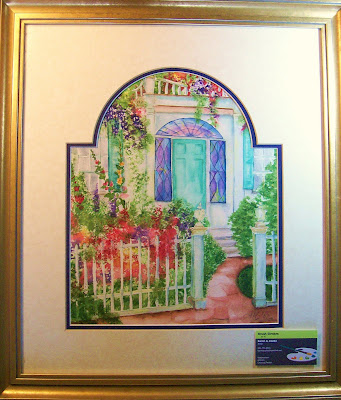Bamboo Triptych
Watercolor
(3) Panels each panel 7-1/2" x 17-1/2"
Framed with bamboo and jute
I enjoy trying different types of paintings and this one is different from most of my work. However, it was fun to do and turned out to be an interesting painting.
A triptych is a series of three paintings which together make a whole.
Watercolor tip:
- Sketch in the bamboo with little detail on three sheets of watercolor paper or one large sheet in a continuous stalk.
- Begin painting the large bamboo stalk using a large flat brush. Paint a separate wash for each section of the bamboo stalks. To keep the painting consistent, work on all three (3) panels simultaneously.
- After the painting has dried, tear the edges of the painting around all edges.
- To "frame" the painting, use jute and bamboo stalks.
Step outside of your "comfort zone" and painting something different---you'll enjoy it and be pleased with your results.







